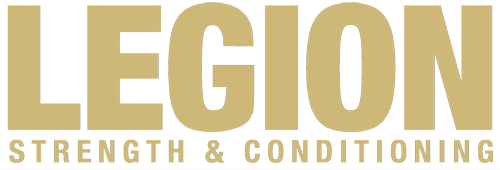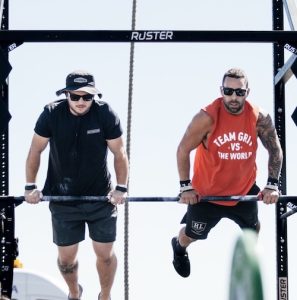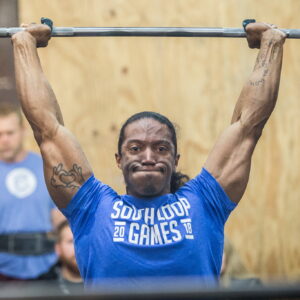Using data to track (and hopefully improve) performance is nothing new for the kinds of coaches who listen to strength and conditioning podcasts. We hope that data will help us find patterns in messy, complex systems (like the human body) and guide the training that we give athletes. But what happens when that information is not used correctly?
Consider the recent widespread use of stretching and mobility apps. While the upfront assessment and prescription of “personalized” mobility videos scratches an itch for athletes, human movement is a lot more complex than measuring how many degrees of mobility you have at a particular joint.
Thoughtful athletes and coaches are prone to focusing too much on metrics — and thus dedicating their training to improving numbers that correlate less than we’d like to think with actual performance.
In episode 94 of the Legion Strength and Conditioning podcast, we talk about how you can ‘keep the goal the goal’ and use data as a guide to better performance.
Listen Here:
- If you’re enjoying the show, why not leave a review? It makes a difference in terms of other people finding the show.
Show Notes:
- [1:15] What’s triggered Luke recently
- [2:45] The misuse of movement and mobility apps
- [4:50] How Todd uses movement screens
- [8:00] Creating problems for the sake of legibility
- [10:00] The dangers of oversimplification
- [15:45] Simplifying complex systems to make things legible
- [17:35] Goodhart’s Law – chasing metrics
- [20:10] A misused metric: the cycle time of movements in CrossFit workouts
- [22:00] Causality in workout performances
- [24:00] Using data to make useful changes and improve technique
- [27:20] How to effectively use data (and not just optimize for numbers on a spreadsheet)






